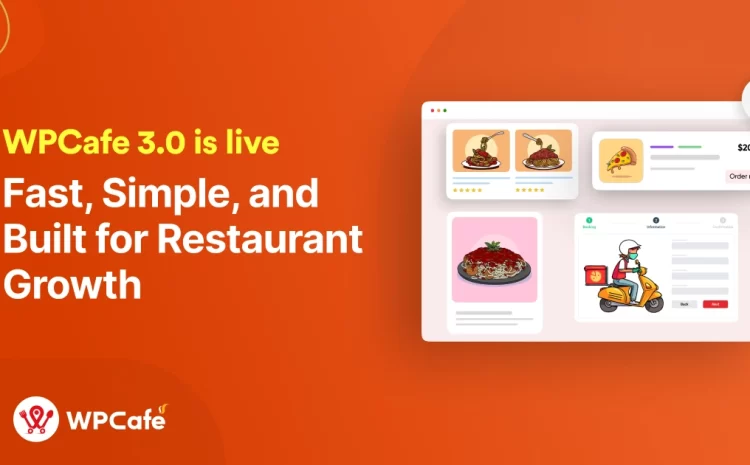Top 9 Restaurant Technology Trends Every Restaurant Needs to Adopt in 2025
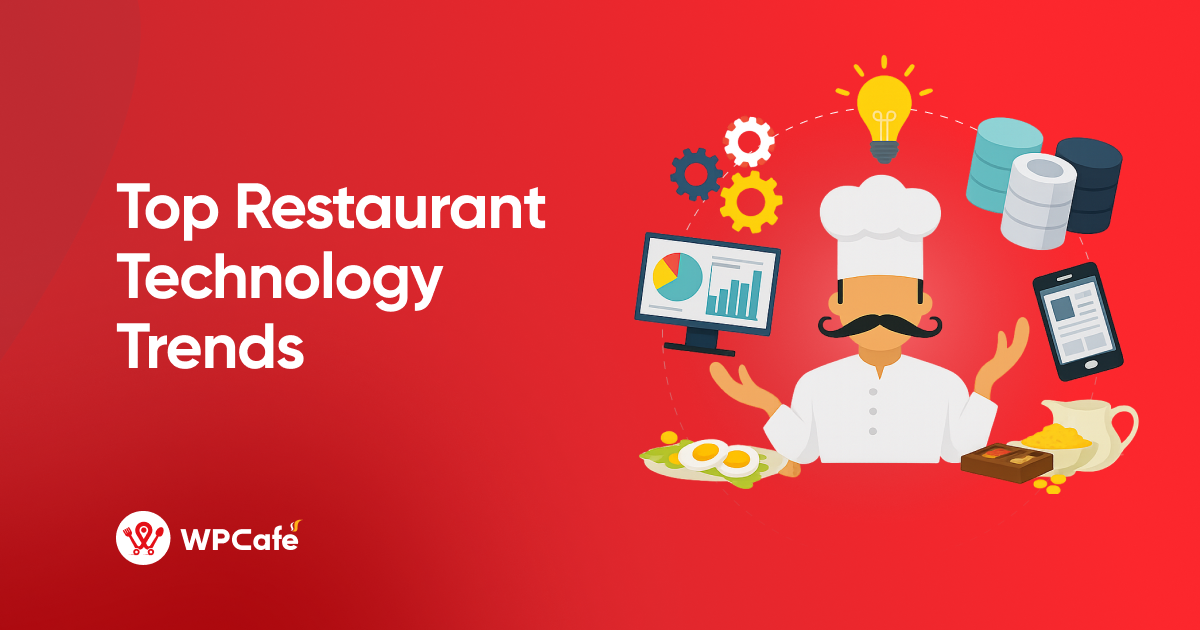
Table of Contents
Running a restaurant today isn’t just about good food and excellent service—it’s also about using the right technology to stay alive in this competitive market.
From online ordering systems to kitchen automation, restaurant tech is helping owners and managers handle day-to-day challenges and connect better with customers.
In this article, we’ll look at some of the most essential types of restaurant technology trends for 2025 and see how they can help you improve your operations and increase your revenue.
Let’s get started!
Why does restaurant technology impact sales?
Innovative technology in the restaurant industry changes how restaurants work and helps create a smoother customer experience, from ordering to payment. Using tools like mobile payments, online food ordering with delivery options, and innovative kitchen systems, you can make things easier and open up new ways to increase revenue.
Think about how people order food or pay; most do so online or over the phone with mobile payment methods. If your restaurant doesn’t support this, you could miss out on new and returning customers. Even minor updates, like using a better checkout system or offering points for repeat visits, can make it easier for people to return.
Behind the scenes, technology can help you see what’s selling and what’s not. This data lets you decide which menu items to promote, how to set up your staff for a smoother shift, and eventually increase restaurant sales.

Trend 1: Contactless ordering and payments
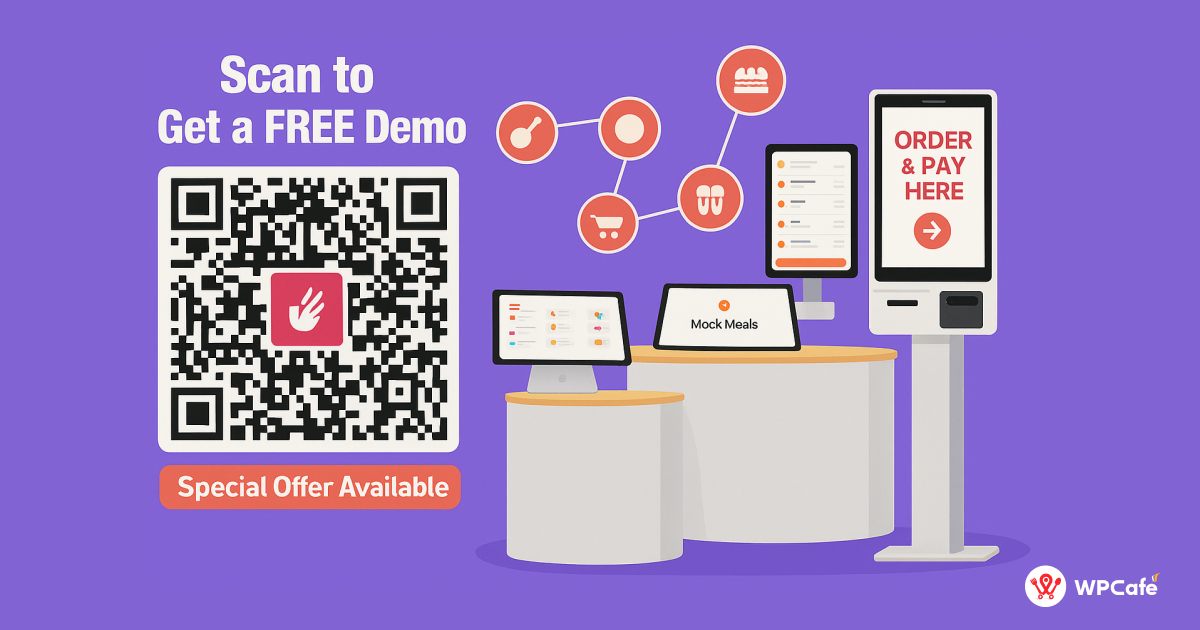
People don’t want to handle menus, cash, or credit cards if they don’t have to. Contactless ordering and payments make dining out easier and safer. Many people now like having this option because it’s quick and doesn’t involve a lot of back and forth.
When you add QR codes to your tables, guests can pull up your menu on their phones. They don’t have to wait for a server or worry about sharing menus. Contactless payments work the same way. Guests can tap their cards or pay with their phones—no fumbling with cash or handing cards back and forth.
Tools like WPCafe have options for digital menus and QR codes that work right from your site. This saves time for your team and makes things faster for your guests. When ordering and paying are simple, people feel more comfortable and will likely order more.
Digital menu boards go further. They let you update items and prices in real-time, promote specials, and reduce printing costs. They’re also easy to read and look more modern than static signs.
Self-ordering kiosks and touchscreen stations where guests can browse, customize, and place orders are also gaining ground. They reduce wait times and help avoid order mistakes.
Good read: QR Code Food Menus vs. Traditional Food Menus: What’s Better for Customers
Trend 2: AI-powered recommendations and upselling
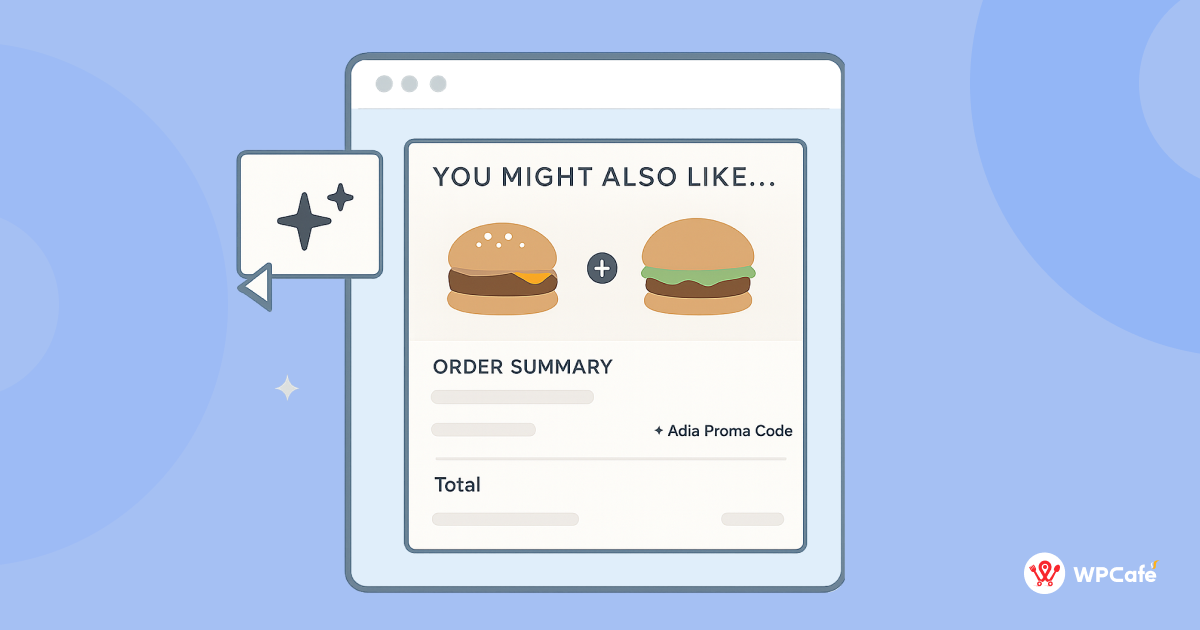
Every guest has tastes and habits. Artificial intelligence in restaurants can help you learn what they like and adjust suggestions based on customer preferences, such as past orders or favorite items.
You’ve probably seen this in apps that suggest dishes or sides that go well together. For example, AI might suggest adding fries or a drink if someone orders a burger. These small suggestions can add up and help increase the total bill.
AI-powered upselling isn’t about pushing your guests to spend more. It’s about improving their experience. If you can suggest things they’d like, they’ll be happier and more likely to return.
Trend 3: Cloud-based POS systems
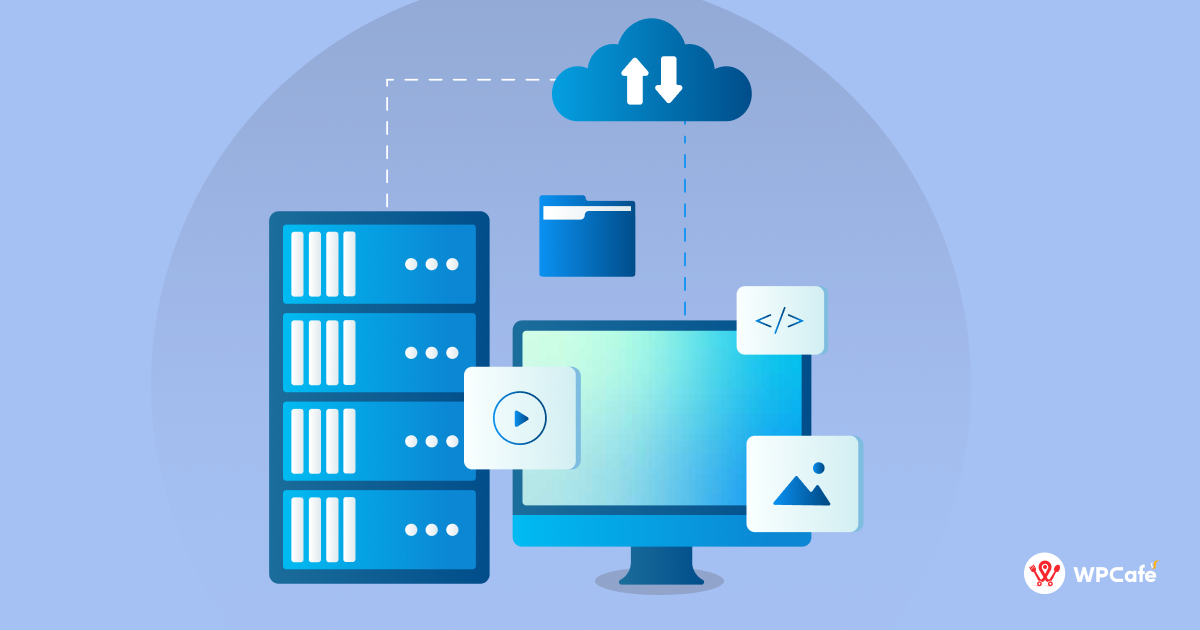
A POS (point-of-sale) system is more than a cash register. It keeps track of orders, payments, and what’s selling well by storing everything online instead of on one computer in the restaurant.
The most significant benefit is checking your restaurant’s numbers anytime, anywhere. You don’t need to be in the restaurant to see what’s selling or what’s slow. This helps you make quick decisions and keep things running smoothly.
Cloud-based POS systems also make it easier to update menus and handle payments. If you decide to change prices or add a new dish, you can do it in just a few clicks, and it shows up right away for your staff.
Your staff can also take orders from tablets or phones, so they’re not stuck at the counter. This makes things faster and easier for them and better for your guests.
Trend 4: Online ordering and delivery integration
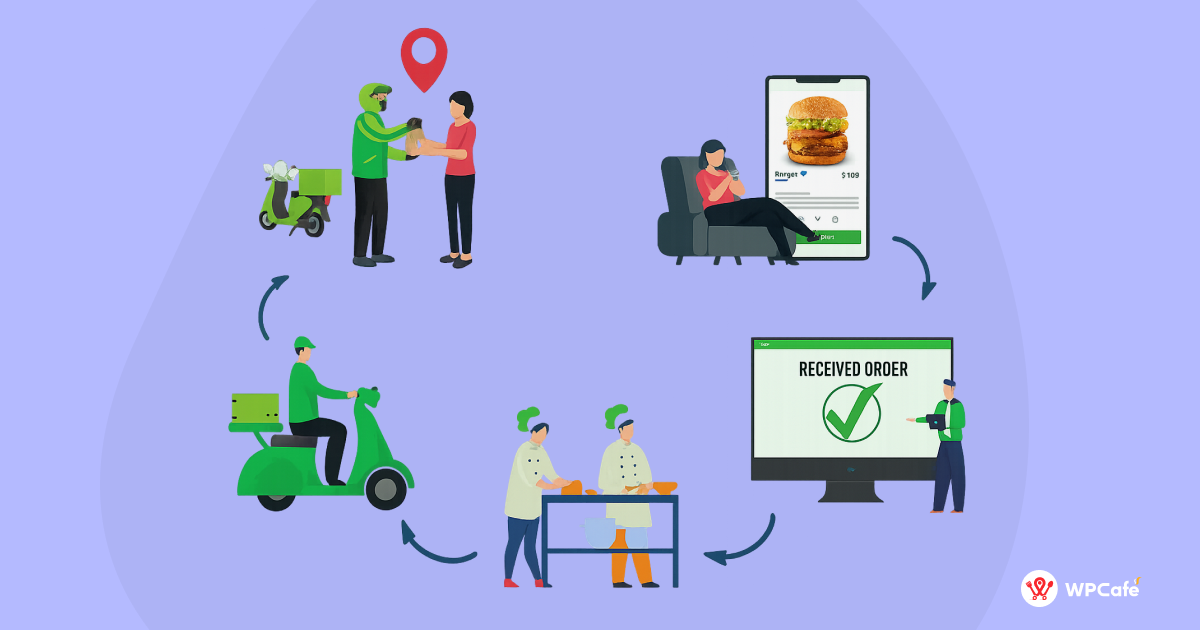
Online ordering and delivery are now part of daily life for many people. More customers are choosing to get their food brought to them or to order ahead for pickup. This change isn’t just about convenience; it’s also about meeting guests where they already are.
For restaurants, online ordering and delivery can bring in new orders without adding more tables. It helps you reach people who might not visit your restaurant in person and manage busy times by spreading the flow of orders.
The key is ensuring online orders work smoothly with your kitchen and staff. Keeping things on track is easier when everything is connected to your website, in-house system, online ordering platforms, food delivery apps, or even when running a Ghost kitchen.
Guests get their orders faster, and staff don’t have to juggle different systems.
Good read: How to Create an Online Food Ordering Website using WordPress
Trend 5: Multi-branch and location-based menus
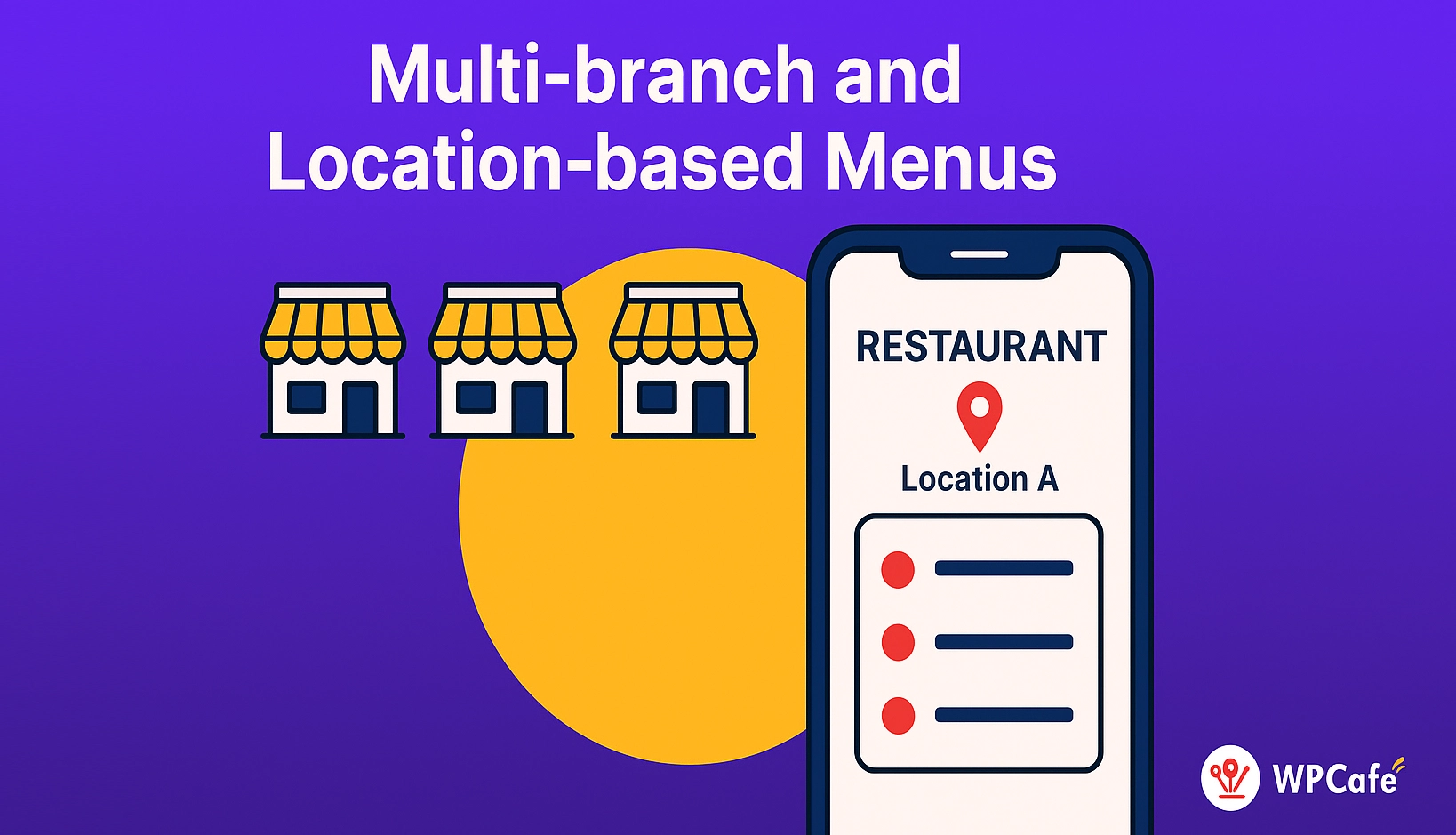
If you run more than one restaurant location, you already know the challenge of different menus, different hours, and different offers. Keeping that all organized can be tough. That’s where multi-branch management and location-based menus come in.
These tools let you show the right menu to customers based on customer preferences and where they are. This setup is perfect for restaurants with different pricing, kitchen items, or opening hours at various places.
With WPCafe, you can create separate menus for each branch, set unique schedules, and manage them all from one dashboard. There will be no confusion and no manual updates for each location.
As your restaurant grows, this kind of flexibility becomes essential. It helps you stay organized and makes your restaurant business look more professional to every guest.
Good read: 5 Best WordPress Geolocation Targeting Plugins: Location-Based Menu for Your Restaurant
Trend 6: Loyalty programs and digital wallets
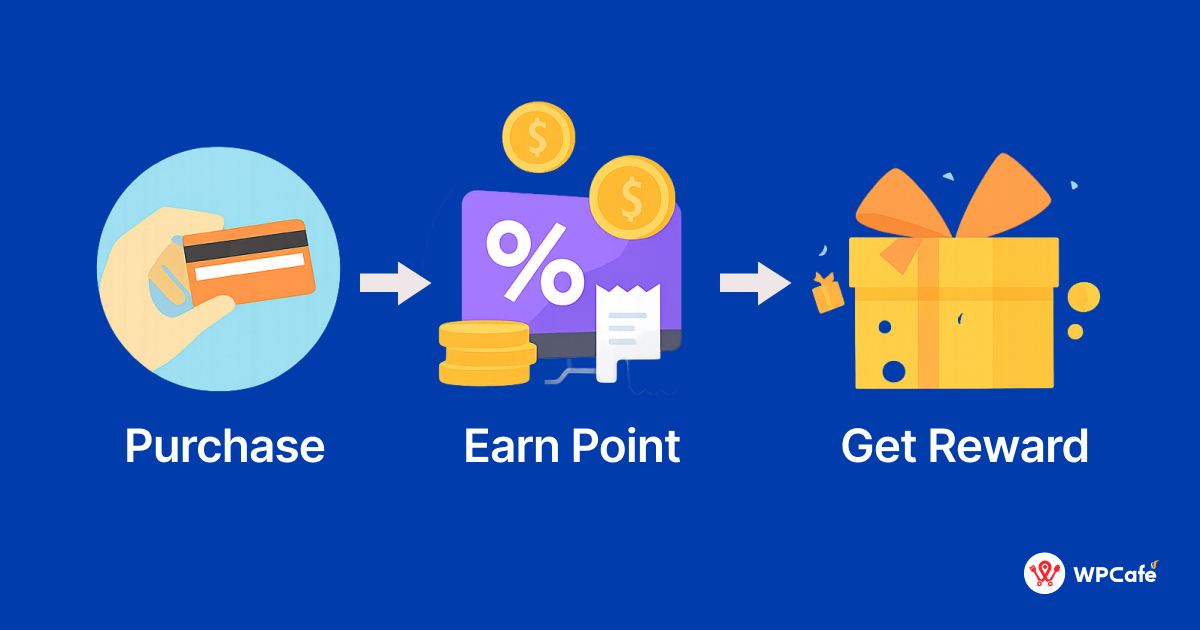
Getting new customers is important, but keeping regulars coming back can make an even bigger difference. That’s where loyalty programs come in.
A loyalty program can be as simple as giving points for every visit or every dollar spent. Over time, these points turn into rewards like free meals or discounts and help build customer loyalty.
Loyalty programs aren’t new, but they’re getting smarter. When you pair them with digital wallets, they’re even easier for guests to use and for you to manage. Digital wallets let your guests keep track of these points without paper cards or apps they might forget.
When loyalty programs and digital wallets work together, they create a smooth experience. Customers get to pay how they like and feel recognized for coming back. That connection often leads to more visits and spending over time.
Trend 7: Kitchen automation and bright IoT kitchens
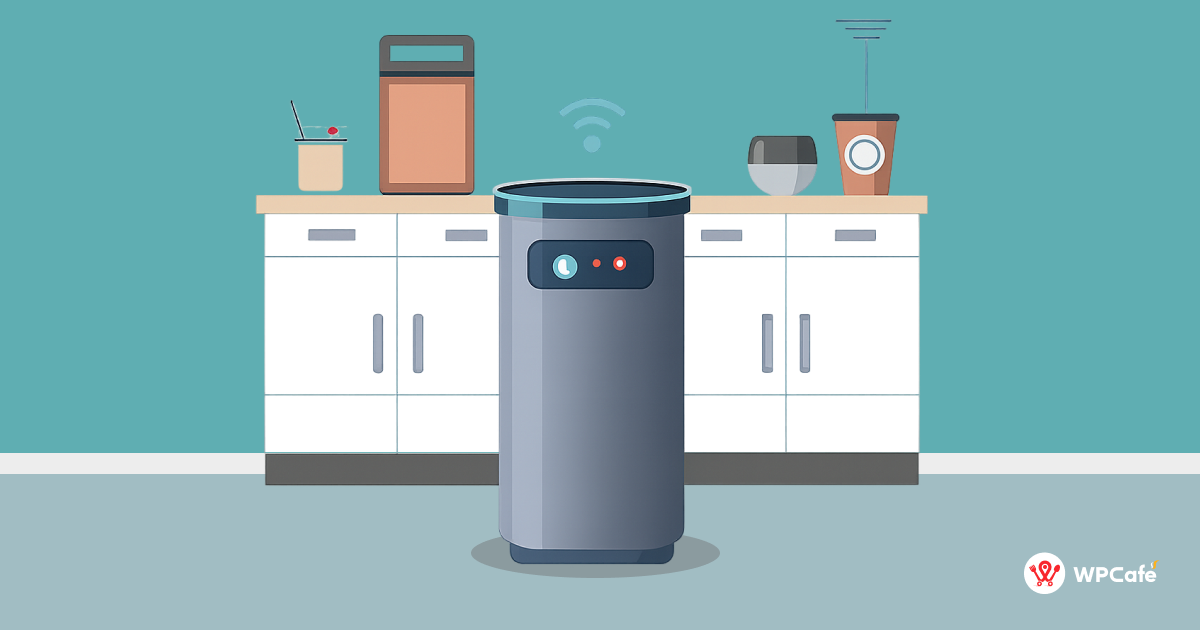
Behind the scenes, the kitchen significantly affects how fast and smoothly a restaurant runs. As orders come in from the dining room, website, or delivery apps, managing them can be challenging. Here, kitchen automation and innovative tools can help it run faster and smoother.
Automation doesn’t mean replacing your kitchen staff but helping them handle tasks more easily. For example, digital kitchen display systems can replace printed tickets and help staff see real-time orders.
Some kitchens also use the Internet of Things (IoT) to monitor fridge temperatures, lighting, and energy use. For example, smart sensors can warn you before food goes bad and reduce food waste. Smart thermostats and lights adjust automatically to save energy. You can also connect inventory management software to your POS to track ingredients in real time.
These tools help reduce delays and mistakes. When the kitchen is organized, meals are served on time, and errors are reduced, customer satisfaction naturally goes up. They also help when handling more orders, especially during busy hours.
Trend 8: Robotic table service
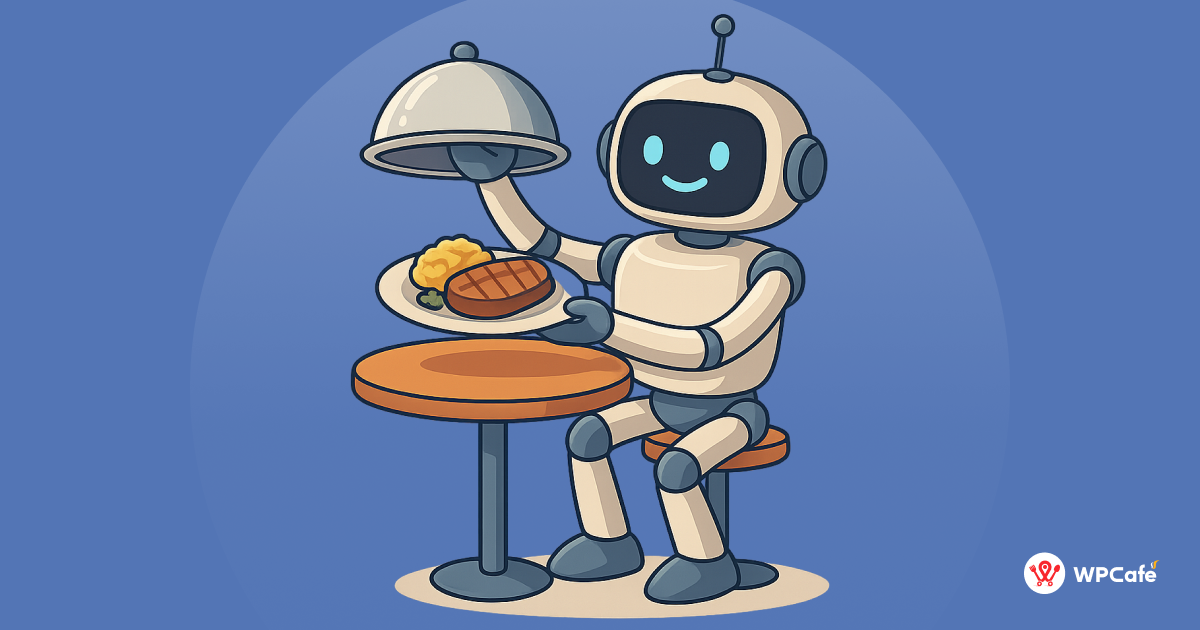
While it is still early, new restaurant technology, such as robotic table service, is starting to reshape how guests interact with food. Restaurant robots might sound futuristic, but they’re already used in some places to help with table service.
These robots usually carry food from the kitchen to the dining area, where staff or customers take the plates. Some even guide customers to their tables or clear dishes after a meal. In busy restaurants, this can help save time, reduce labor costs, and alleviate pressure during staff shortages or peak hours.
Delivery robots also bring a bit of fun to the dining experience. Guests often enjoy the novelty, which can even help draw in more foot traffic. While they’re still not common everywhere, they’re starting to pop up more often, especially in places looking to solve staffing gaps or improve efficiency.
This way, your restaurant staff can focus more on personal customer service and smooth the restaurant management.
Trend 9: Event and private dining management
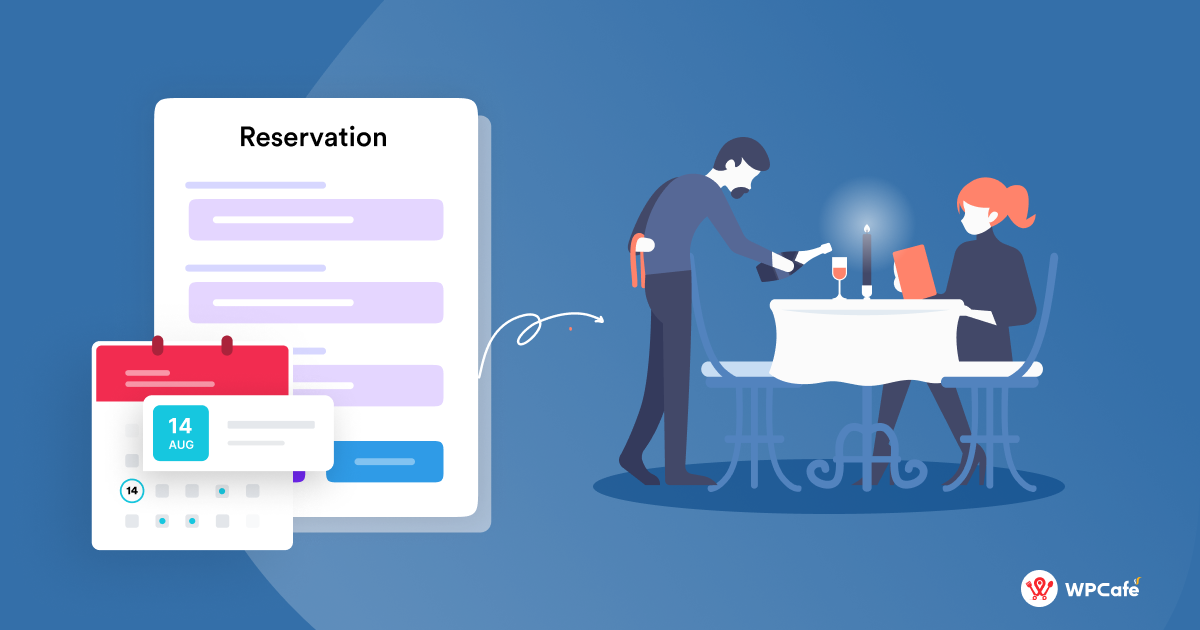
Private events and group dining are an essential source of income for many restaurant operators. Whether it’s a birthday dinner, a business meeting, or a community event, managing these bookings smoothly can make a big difference.
Instead of handling event requests through phone calls or emails, more restaurants are now using tools like an online table reservation system that allows guests to view availability and book directly online. This saves time for the staff and makes the process easier for customers.
Tools like Eventin allow you to manage events right from your website. You can set ticket limits, add schedules, manage online reservations, and track attendees all in one place.
By offering an easy way to host and manage events, you’re not just filling seats; you can create opportunities for larger orders, new guests, and repeat visits.
How can WPCafe help you stay on trend?
If you’re considering implementing some of these digital solutions, WPCafe has options to make the process easier. It’s built for restaurant owners using WordPress and offers features that support many of the tech trends we’ve discussed.
Here’s what you can do:
- Online order management: Accept and manage customer orders directly from your WordPress site.
- QR code menus: Create and display digital menus that customers can access using QR codes.
- Table reservations: Allow guests to book tables online with customizable time slots.
- Multi-Branch Management: Manage multiple restaurant locations from a single dashboard.
- Location-based menus and schedules: Set unique menus and operating hours for each restaurant branch.
If you host private events or exceptional dining experiences, you can use WPCafe alongside Eventin to handle bookings, ticketing, and guest lists all in one place. The dashboard also gives you access to sales data and order history, helping you track what’s working.
Good read: How to Choose the Best WordPress Restaurant Menu Plugin for Your Business
Conclusion
Adopting new technology in the restaurant industry isn’t just about staying modern; it’s about making things easier for both staff and customer relationship management. Even emerging innovations are becoming more common in various parts of the restaurant industry.
Whether it’s letting guests order from their phones, using data to plan your menu, or finding small ways to speed things up in the kitchen, these changes can help you run more smoothly and increase sales.
The restaurant tech trends we’ve covered aren’t just for big chains. They’re becoming part of everyday restaurant life, and many are easier to start using than you might think.
If you’re considering making some updates, start with one or two areas that seem like a good fit for your business. Over time, small steps can lead to bigger results.
Frequently asked questions (FAQs)
1. What are the top restaurant technology trends in 2025?
Top trends include online ordering options, AI-powered upselling, cloud-based POS systems, digital loyalty programs, kitchen automation, and tools for managing events and multiple restaurant branches.
2. How does technology help restaurant owners increase sales?
Technology streamlines operations, reduces errors, and improves customer experience. Features like online ordering, customer loyalty programs, and automated kitchen tools help increase efficiency and drive repeat visits.
3. Are digital menus and contactless payment options worth the investment?
Yes. Digital menus allow real-time updates and contactless payment solutions, speeding up checkout. Both improve consumer expectations and reduce wait times, leading to more orders and smoother service.
4. How can AI be used in restaurants?
Artificial intelligence can suggest dishes based on past behavior, manage inventory trends, and assist in staffing and scheduling. It helps tailor experiences and reduce unnecessary costs.
5. What tools are best for managing multiple restaurant locations?
Plugins like WPCafe allow you to create location-based menus, set branch-specific hours, and monitor each site from one dashboard—ideal for multi-branch management.
6. Are these tools only for large or chain restaurants?
No. Most of these tools, like QR menus, innovative POS systems, and reservation forms, are also easy to use and affordable for small or single-location restaurants.
7. Can small restaurants afford these technology upgrades?
Yes. Many restaurant technology solutions are modular, meaning you can start small, like adding online ordering or digital reservations, and expand over time as your needs grow.
8. Do I need multiple plugins to manage everything?
Not necessarily. Plugins like WPCafe combine food menus, reservations, online orders, and more into one system. You can also use Eventin to manage events and private bookings.

